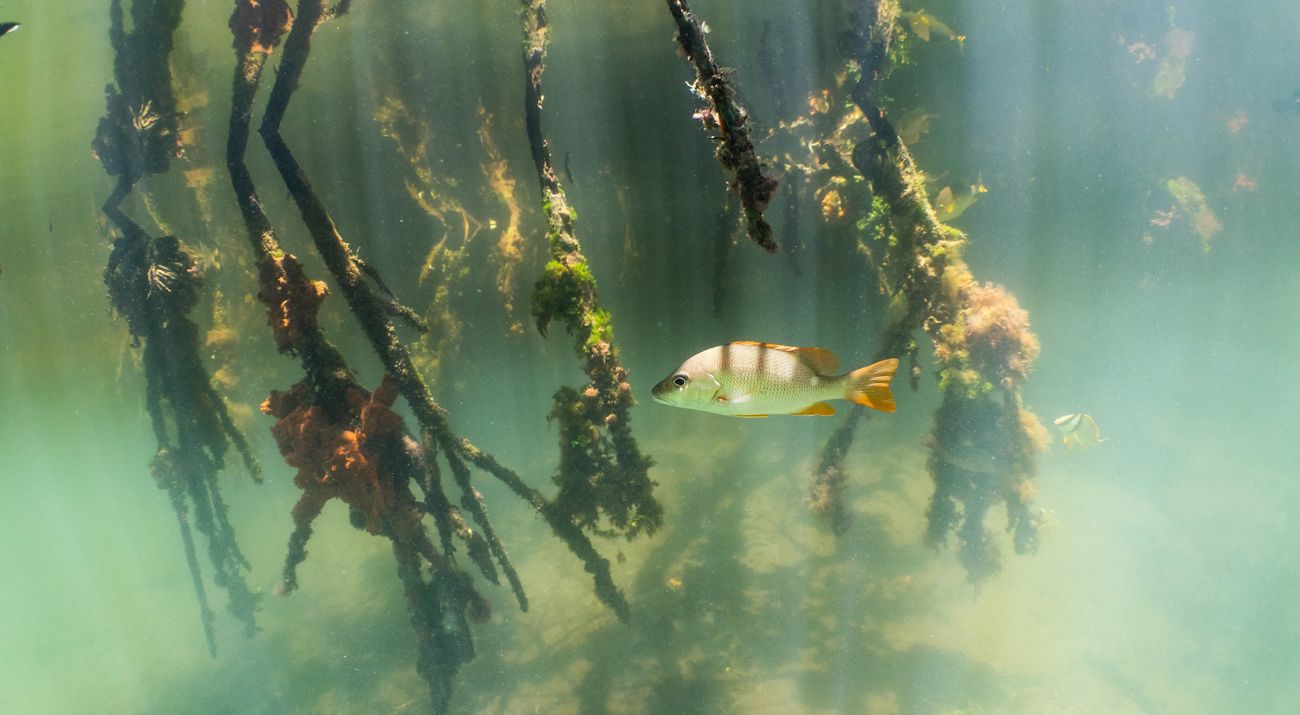Restorative aquaculture may be one of the best opportunities to simultaneously restore marine ecosystems and provide nutritious food for current and future populations. When done well and in the right places seaweed aquaculture can provide habitat, for fish and other animals to shelter, feed and reproduce
In this video, experts and farmers from Maine and New Zealand discuss the potential habitat benefits of seaweed aquaculture as habitat, as part of TNC's partnership with the University of New England and the University of Auckland.
